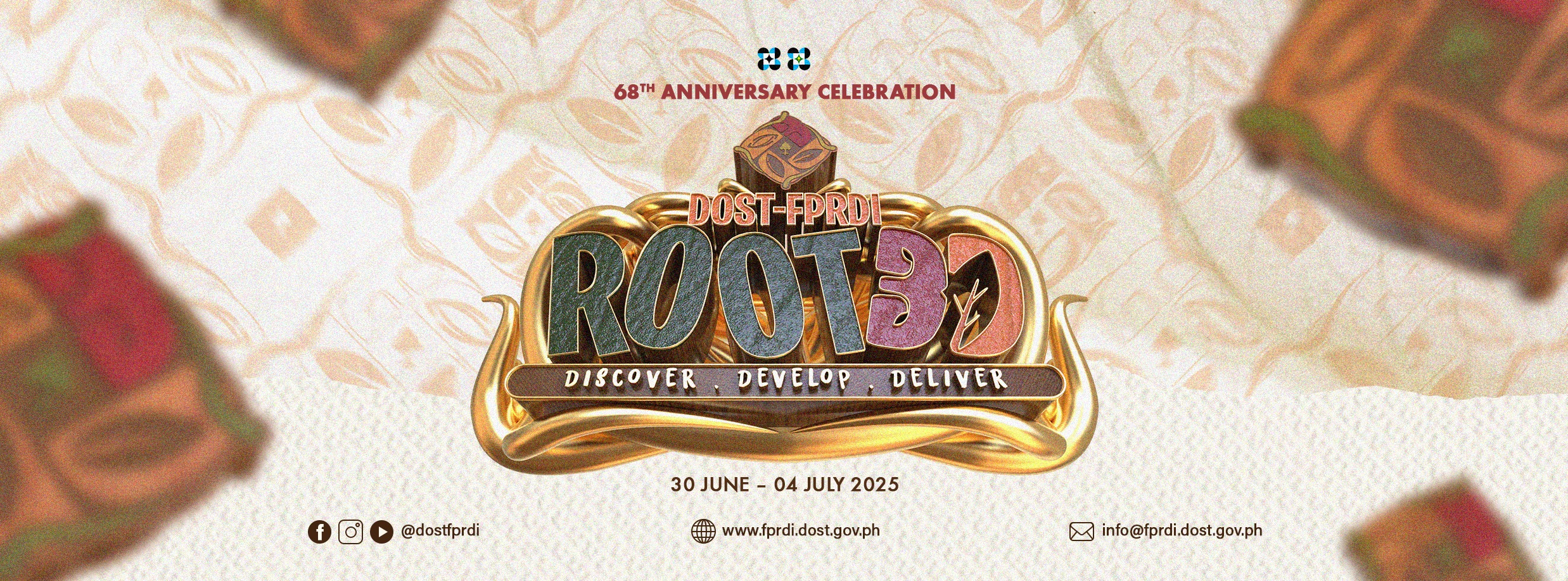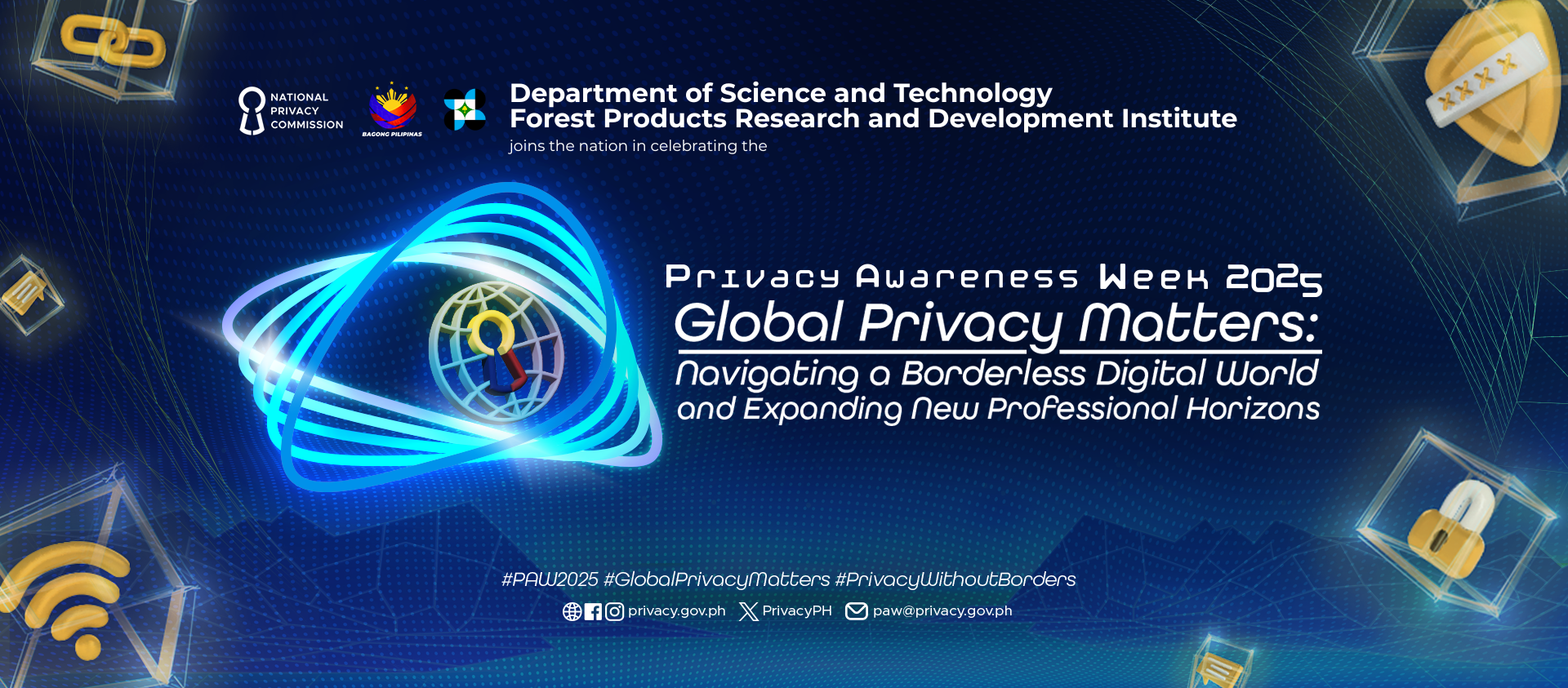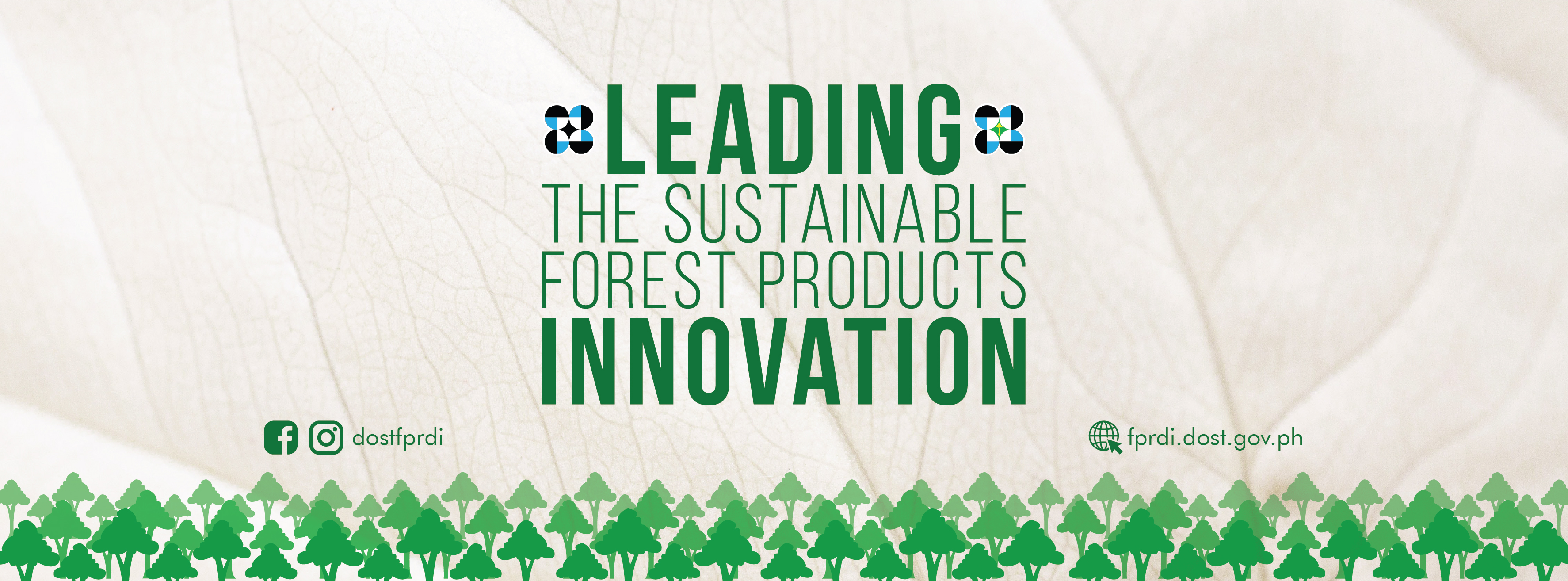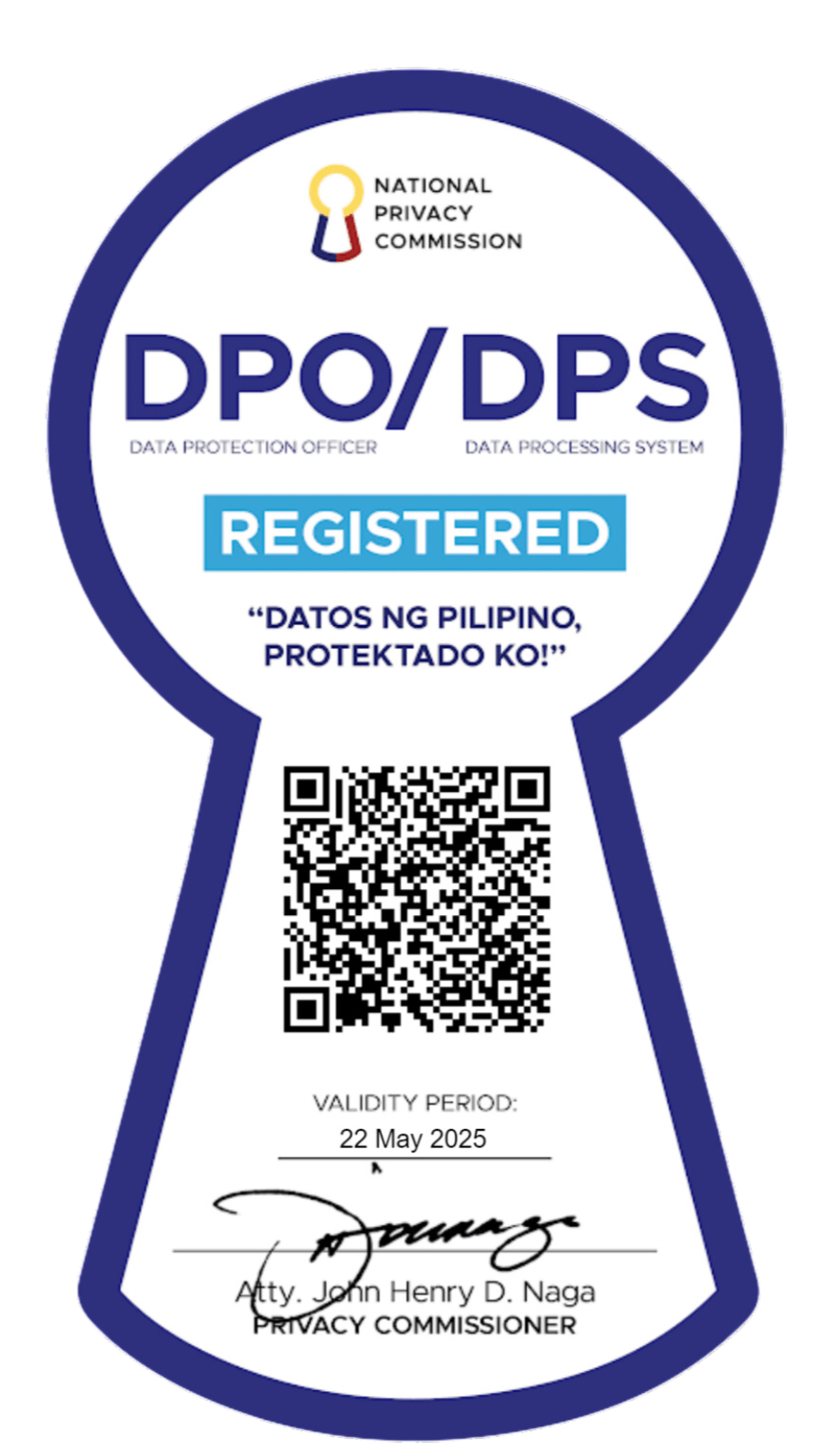Wood ID takes spotlight in In-House Seminar
November 4, 2013
Sharing what has been his expertise for 32 years, Dr. Ramiro P. Escobin discussed the Forest Products Research and Development Institute’s (FPRDI) wood identification service and its significance in the implementation of the country’s logging ban during the Institute’s Technical Seminar last 21 October 2013. Escobin is Scientist 1 at FPRDI’s Anatomy and Forest Botany Section.
“Wood identification is the scientific process of identifying a piece of wood based on its physical and structural features. It is important as it serves as basis for charges filed by the Department of Environment and Natural Resources (DENR) against loggers and ship owners that transport illegally-cut timbers,” explained Escobin. Executive Order No. 23 (EO 23) strictly prohibits the cutting and harvesting of all trees in natural and second-growth forests, or those trees not planted by man.
He added, “So far, the Anti-illegal Logging Task Force has seized a large shipment of illegally-cut timber in North Harbor and has conducted an on-site identification of confiscated lumbers in lumberyards thru the Institute’s wood identification service.”
Escobin also presented the approaches used in identifying wood, which include macroscopic identification or the use of the naked eye and hand lens, and microscopic identification. He also tackled the physical features of wood important in the identification of its species.
Aside from being instrumental in the anti-illegal logging campaign, the Institute also helps identify wooden archaeological artifacts and conducts training courses on wood identification for pallet companies and government agencies. It hosts an internationally-recognized Wood and Herbarium Library that houses 16,078 specimens of local and foreign wood samples. ### (Apple Jean C. Martin, 24 October 2013)











